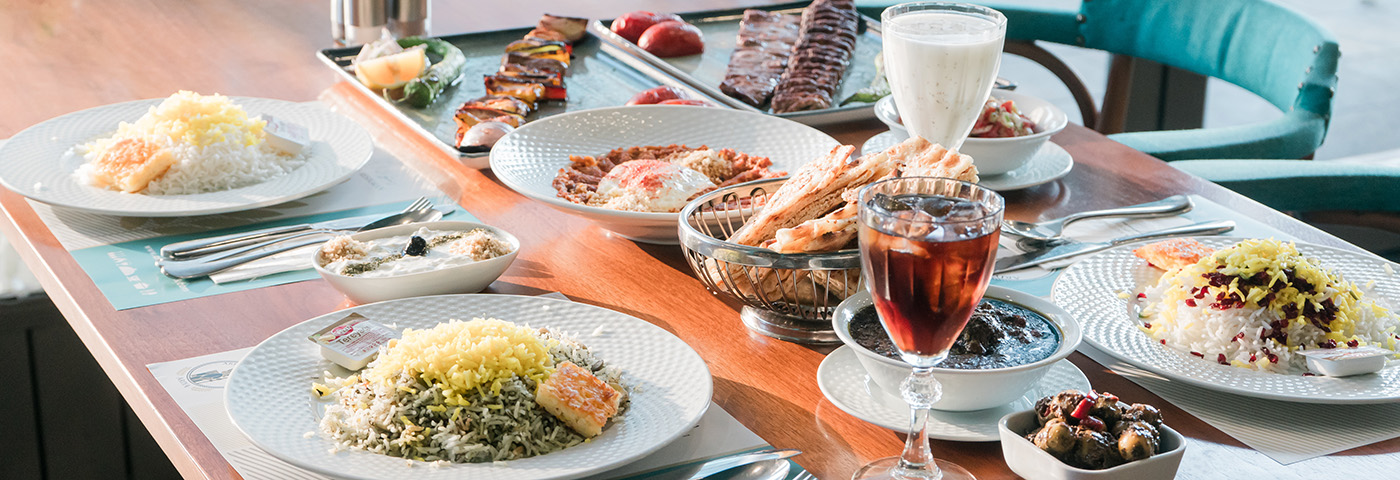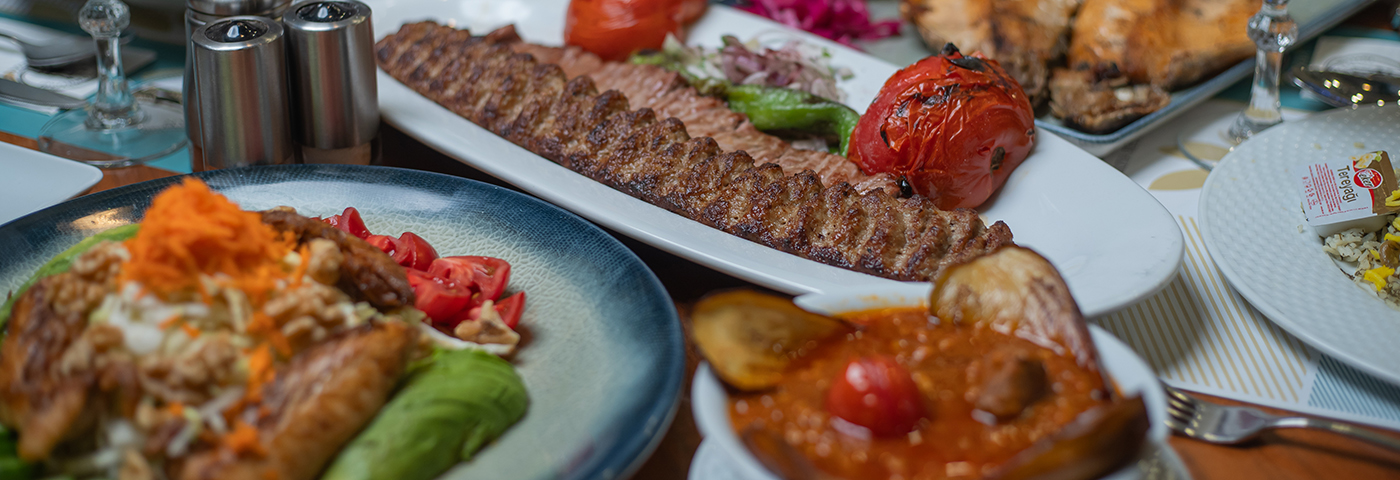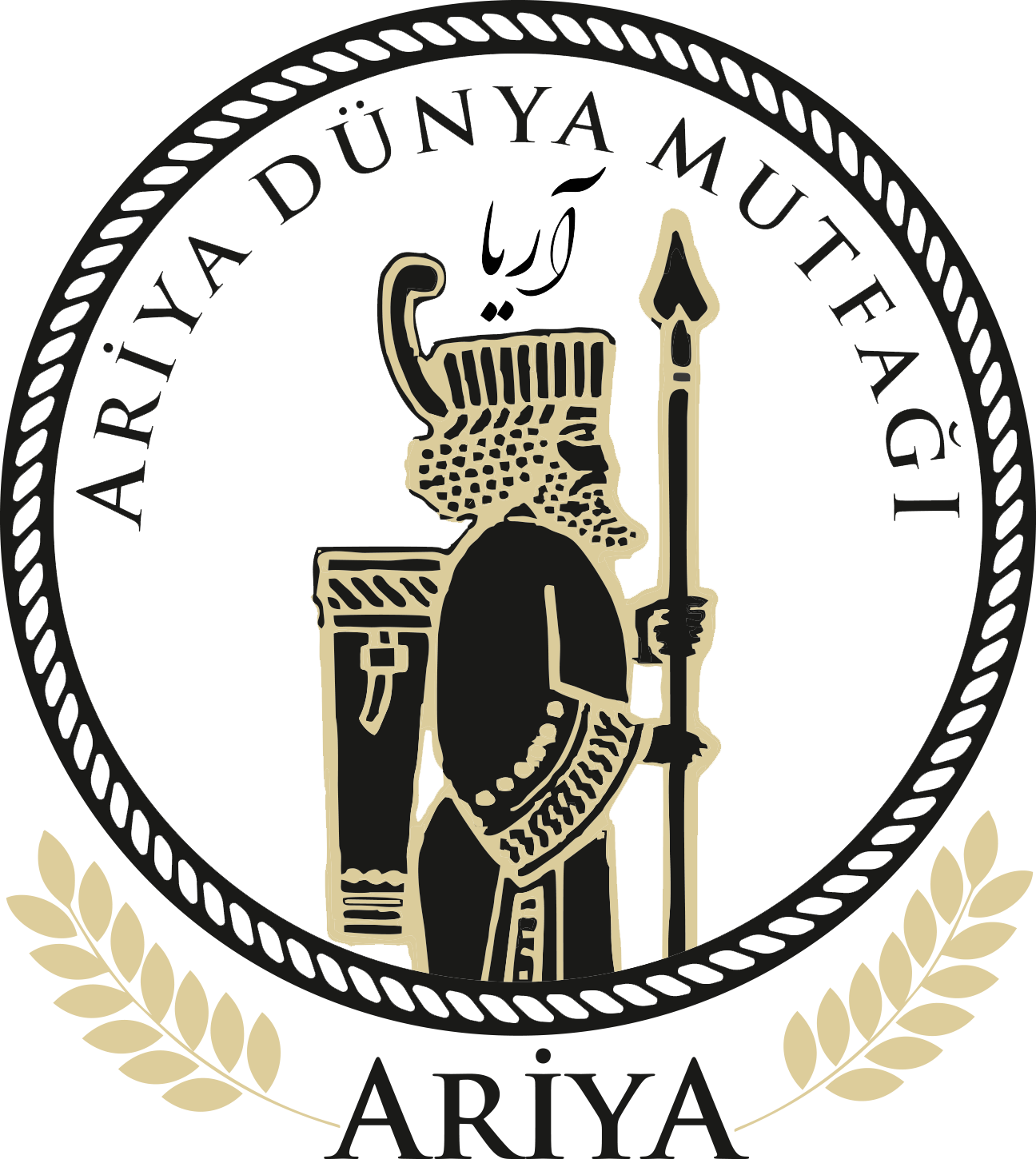Rich in flavor and history, Iranian cuisine is a mosaic of influences and traditions. It stands out for its use of fresh ingredients, aromatic spices, and unique cooking techniques. The culinary landscape of Iran offers a variety of dishes that cater to different tastes, making it a beloved cuisine worldwide.
Importance and Popularity of Iranian Dishes
The popularity of Iranian cuisine has surged in recent years, thanks to its unique flavors and the growing interest in ethnic foods. Iranian dishes are celebrated for their balance of taste and nutrition, making them an essential part of any food lover's repertoire.
Historical Context
Evolution of Iranian Cuisine
Iranian cuisine has evolved over thousands of years, influenced by the various cultures and empires that have ruled the region. From the ancient Persians to the influence of Arab, Turkish, and Mongol invasions, each era has contributed to the rich tapestry of Iranian food.
Influences from Neighboring Cultures
Iran's culinary traditions were shaped by its neighbors. The use of spices like saffron, turmeric, and cinnamon can be traced back to trade routes connecting Iran with India and the Middle East. Similarly, the introduction of rice and the technique of grilling kebabs have origins in Central Asia.
Key Ingredients in Iranian Cuisine
Herbs and Spices
Iranian cuisine is renowned for its aromatic herbs and spices, which include saffron, turmeric, dried limes, cinnamon, and parsley. These ingredients not only add depth to the dishes but also offer various health benefits.
Rice and Bread
Rice (chelo) and bread (naan) are basic elements of Iranian cuisine. Each region has its own variety and preparation methods, with dishes like polo (pilaf) and tahdig (crispy rice) showcasing the versatility of these ingredients.
Fruits and Nuts
Dried fruits and nuts are integral to Iranian cooking, often used in stews, rice dishes, and desserts. Ingredients like pomegranates, apricots, almonds, and pistachios add a sweet and tart contrast to savory dishes.
Meats and Dairy
Lamb, chicken, and fish are commonly used meats, often marinated and grilled to perfection. Dairy products such as yogurt and feta cheese are also prevalent, used in sauces, salads, and as accompaniments.
Cooking Techniques
Grilling and Barbecue
Grilling is a popular method in Iranian cuisine, especially for kebabs. The marinated meats are skewered and grilled over an open flame, resulting in a smoky and flavorful dish.
Stewing and Braising
Stews (khoresht) are the cornerstone of Iranian cuisine. This slow-cooked dish combines meat, vegetables, and herbs, bringing together flavors beautifully. Slicing is another common method of cutting meat.
Baking and Frying
Baking is primarily used for bread and pastries, while frying is employed for appetizers and some main dishes. These techniques add texture and complexity to the cuisine.
Popular Iranian Dishes

Kebab
Kebab is perhaps the most famous Iranian dish, consisting of juicy, marinated kebabs served with fragrant saffron rice. It's a perfect example of the balance of flavors and textures that define Iranian cuisine.
Ghormeh Sabzi
Ghormeh Sabzi is a hearty herb stew made with beef, kidney beans, and dried limes, all slow-cooked to create a rich, tangy flavor. This dish is a favorite among Iranians and is often served with rice.
Fesenjan
Fesenjan is a unique stew made with ground walnuts and pomegranate molasses, creating a sweet and sour taste that is both complex and delicious. It is typically served with poultry or duck.
Baghali Polo
Baghali Polo is a fragrant rice dish made with dill and fava beans, often paired with lamb. The combination of flavors is both refreshing and hearty, making it a popular choice for festive occasions.
Regional Variations
Northern Iranian Cuisine
The northern regions of Iran are known for their use of fresh herbs, fish, and a variety of pickles. The cuisine here is lighter and more influenced by the Caspian Sea.
Southern Iranian Cuisine
Southern Iran boasts a spicier palate, with dishes heavily influenced by Persian Gulf flavors. Seafood, dates, and spices like chili and tamarind are commonly used.
Western Iranian Cuisine
Western Iranian cuisine is rich and hearty, with an emphasis on stews and meat dishes. The use of dairy products and bread is more pronounced in this region.
Eastern Iranian Cuisine
Eastern Iran features a mix of Persian and Central Asian flavors. The cuisine here includes a variety of bread, rice dishes, and sweets, often flavored with saffron and cardamom.
Seasonal and Festive Dishes
Nowruz (Persian New Year) Specialties
Nowruz is celebrated with a variety of special dishes, including Sabzi Polo (herb rice) and Kookoo Sabzi (herb frittata). These dishes symbolize renewal and are enjoyed during the Persian New Year festivities.
Winter Comfort Foods
In winter, Iranians enjoy hearty stews and soups like Ash Reshteh, a thick noodle soup packed with herbs, beans, and fermented whey. These dishes provide warmth and sustenance during the colder months.
Summer Delicacies
Summer brings lighter dishes like Mast-o-Khiar (yogurt and cucumber salad) and Abgoosht (a slow-cooked meat and chickpea dish). These refreshing meals help beat the heat.
Wedding and Celebration Foods
Weddings and celebrations feature elaborate dishes like Shirin Polo (sweet rice with orange peel and almonds) and Zereshk Polo (barberry rice). These dishes are often served with roasted meats and are a feast for the eyes and palate.
Health Benefits of Iranian Cuisine
Nutritional Value of Common Ingredients
Iranian cuisine is rich in nutrients, with an emphasis on fresh herbs, vegetables, and lean proteins. The use of spices like turmeric and saffron adds not only flavor but also health benefits.
Traditional Health Remedies
Many Iranian dishes have medicinal properties, such as Ash-e Reshteh, which is believed to boost the immune system. The use of ingredients like garlic and yogurt also contributes to overall health and wellness.
Iranian Cuisine in Modern Times
Fusion Cuisine
Modern Iranian chefs are experimenting with fusion cuisine, combining traditional Iranian flavors with global culinary techniques. This innovation has led to exciting new dishes that retain the essence of Iranian cuisine.
Iranian Cuisine Abroad
Iranian restaurants around the world are gaining popularity, bringing authentic flavors to a global audience. Cities like London, Los Angeles, and Istanbul boast thriving Iranian food scenes.
Must-Try Restaurants for Iranian Cuisine
A Gateway to Iranian Cuisine in Istanbul
Located in the heart of Istanbul at Ayazağa, Kemerburgaz Cd. no:10, 34396 Sarıyer/İstanbul, Ariya Restaurant offers an authentic Iranian dining experience. Our menu is a curated selection of traditional dishes that showcase the rich culinary heritage of Iran. From the moment you step into our restaurant, you'll be greeted with warm hospitality and the tantalizing aromas of Persian spices.

Our chefs are dedicated to preserving the authenticity of each dish, using only the freshest ingredients and traditional cooking techniques. Whether you're a connoisseur of Persian cuisine or trying it for the first time, Ariya Restaurant promises a memorable dining experience that will transport you to the vibrant streets of Iran.
Join us at Ariya Restaurant and embark on a culinary journey that celebrates the essence of Persian culture and tradition. Indulge in our flavorful stews, succulent kebabs, and delightful desserts, and discover why Persian cuisine is beloved around the world.
Personal Stories and Case Studies
Experiences from Food Enthusiasts
Many food enthusiasts have shared their experiences of discovering Iranian cuisine. Their stories highlight the joy of exploring new flavors and the cultural connections that food can create.
Stories from Iranian Chefs
Iranian chefs often share their journey of mastering the art of cooking, from learning traditional recipes from their families to experimenting with modern techniques. Their passion for their cuisine shines through in every dish they create.
Expert Insights
Interviews with Culinary Experts
Culinary experts offer insights into the nuances of Iranian cooking, from the importance of using high-quality saffron to the art of creating the perfect tahdig.
Tips from Renowned Iranian Chefs
Renowned Iranian chefs provide tips on cooking techniques, ingredient substitutions, and how to bring out the best flavors in your dishes.
Summary of Key Points
Iranian cuisine is a rich and diverse culinary tradition that offers something for everyone. From hearty stews to delicate rice dishes, the flavors of Iran are sure to delight your taste buds.
Encouragement to Explore Iranian Cuisine
Exploring Iranian cuisine is a journey through history and culture. Whether you're dining out or cooking at home, the authentic flavors of Iran are sure to transform your culinary experience.
FAQ
Common Questions About Iranian Cuisine
- What is the most popular Iranian dish?
Kebab is one of the most popular Iranian dishes, known for its flavorful grilled meat served with saffron rice.
- Are Iranian dishes spicy?
Iranian cuisine is generally not very spicy, though some regional variations and dishes may include a bit of heat.
- Can Iranian cuisine be adapted for vegetarians?
Yes, many Iranian dishes can be adapted for vegetarians by using vegetables, legumes, and plant-based proteins.







